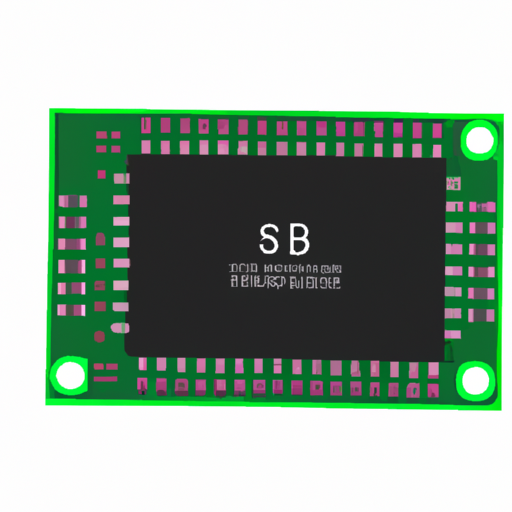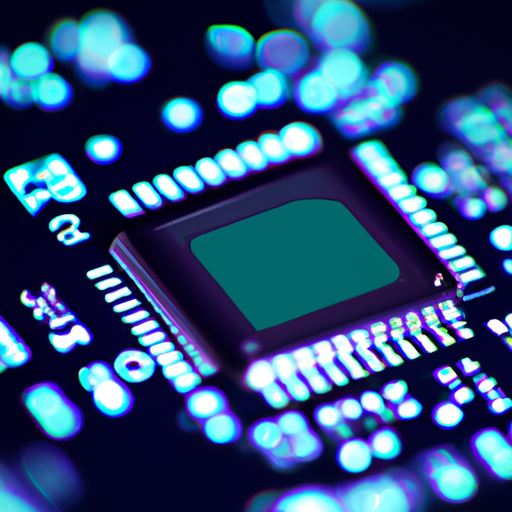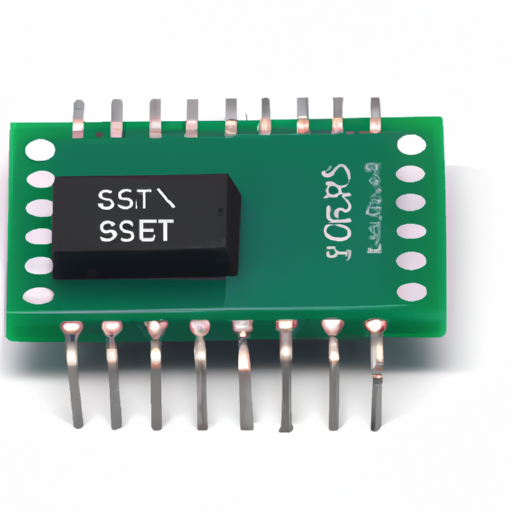CORE_COMPETENCE
Product_Leaders
index_more
index_more_content
info_item01
info_item_content01
info_item02
info_item_content02
info_item03
info_item_content03
info_item04
info_item_content04
NEWS
NEWS
application development in Microcontrollers, Microprocessor, FPGA Modules for CFR-12JB-52-110R: key technologies and success stories
Application Development in Microcontrollers, Microprocessors, and FPGA ModulesDeveloping applications for microcontrollers, microprocessors, and FPGA modules is a multifaceted endeavor that combines hardware and software engineering to create efficient, reliable, and scalable embedded systems. Below, we delve into key technologies and notable success stories that illustrate the impact of these components in various industries.
Key Technologies1. Microcontrollers (MCUs)2. Microprocessors3. FPGA Modules4. Communication Protocols5. Power Management1. Smart Home Devices2. Wearable Technology3. Industrial Automation4. Automotive Applications5. Medical Devices Success Stories ConclusionThe landscape of application development in microcontrollers, microprocessors, and FPGA modules is continually evolving, driven by technological advancements and the increasing demand for smart, connected devices. The success stories across various industries underscore the versatility and capability of these systems in addressing complex challenges. As we move forward, the integration of artificial intelligence, machine learning, and advanced communication protocols will further enhance the capabilities of embedded systems, paving the way for innovative solutions in diverse applications. The CFR-12JB-52-110R, while a specific component, represents the foundational elements that support these broader technological advancements in embedded systems.
2025-10-14

























